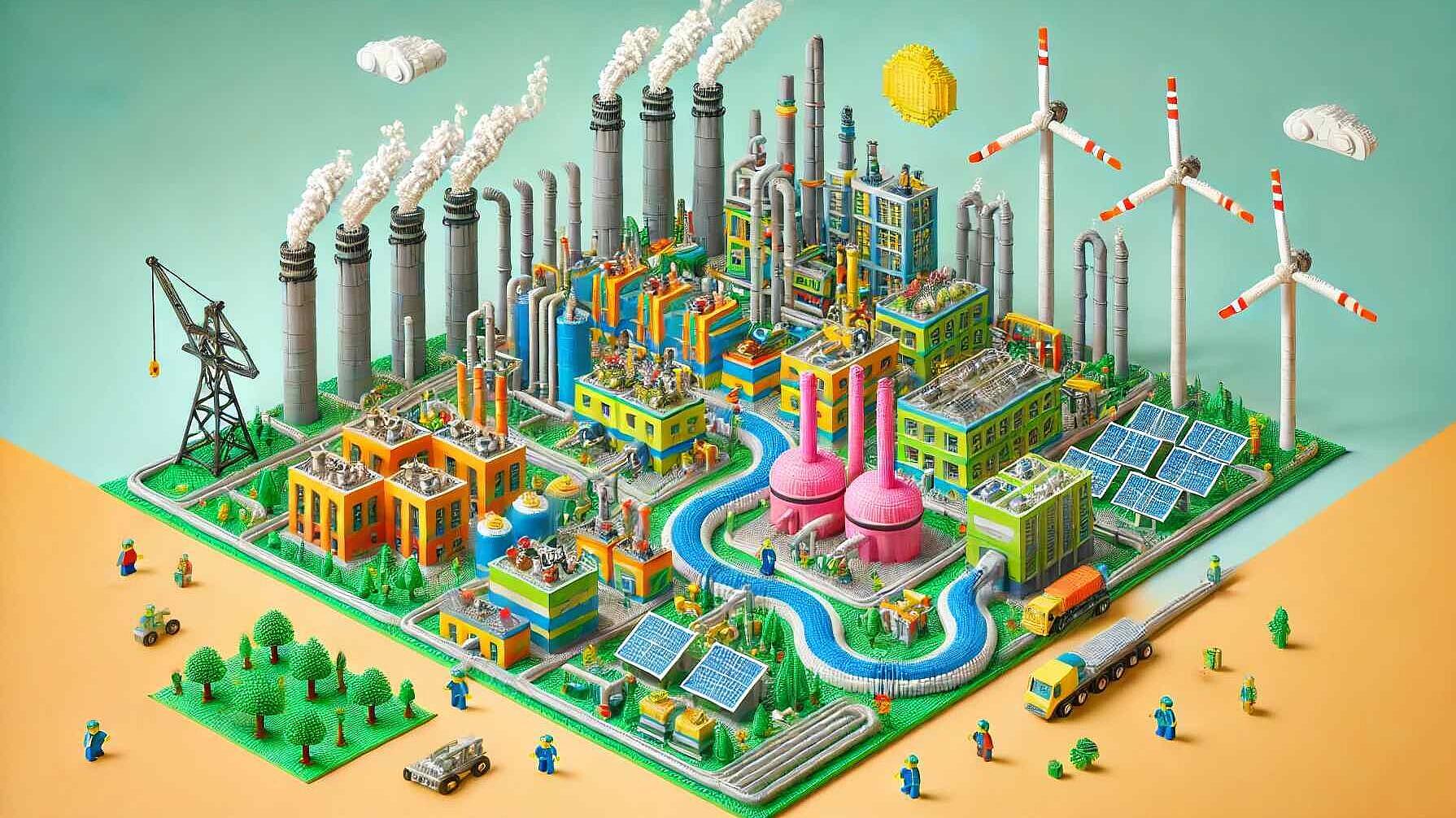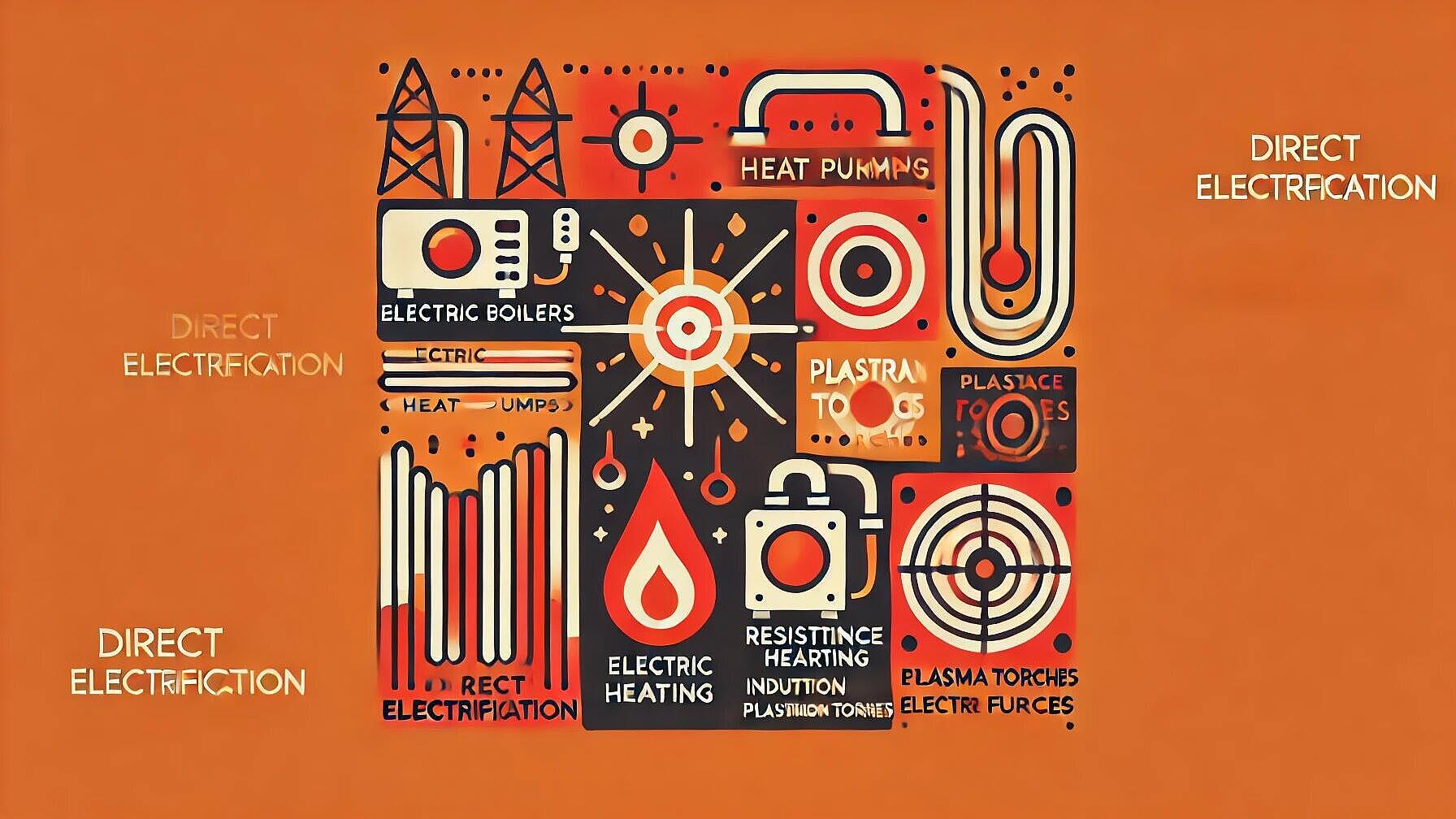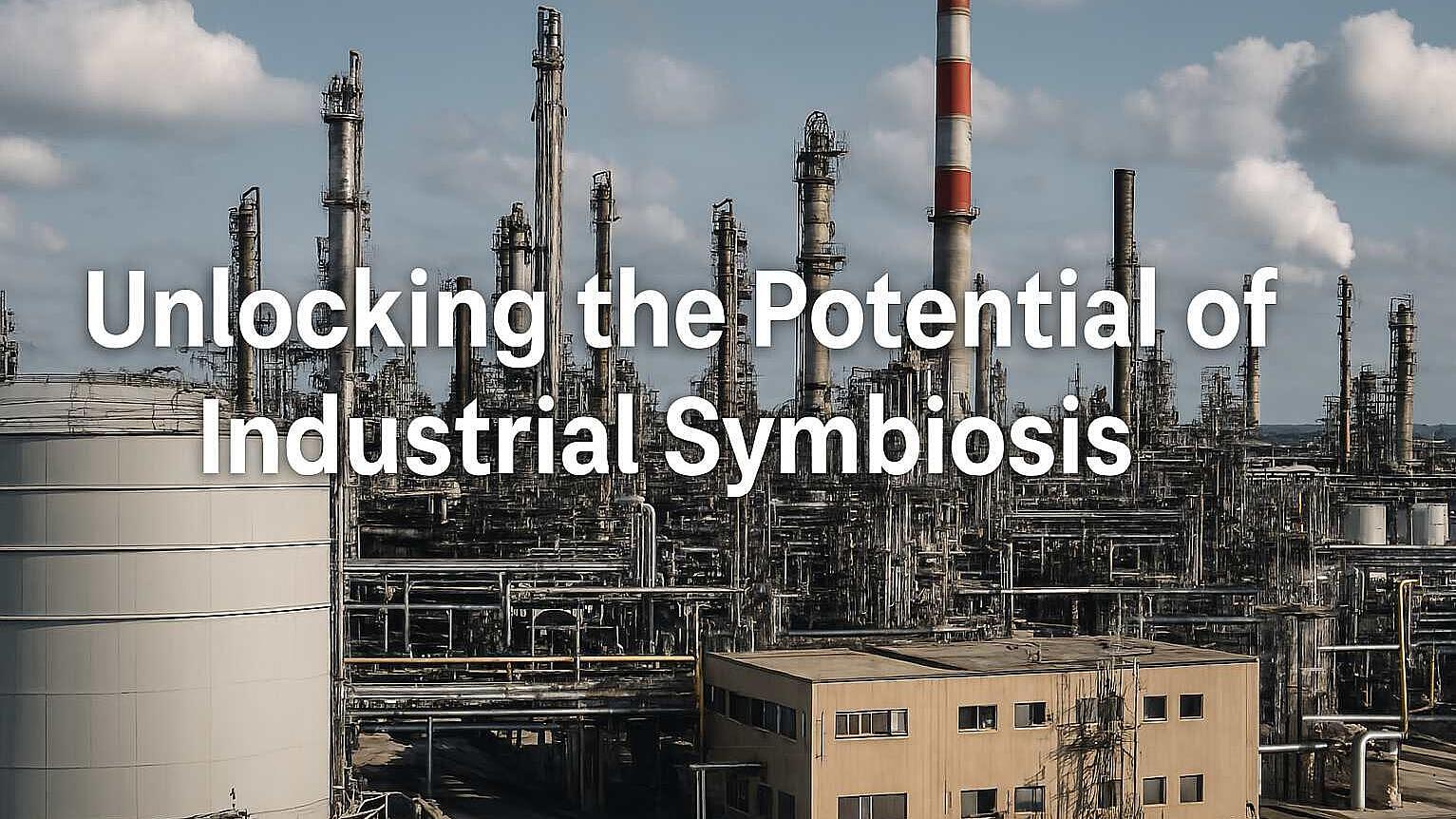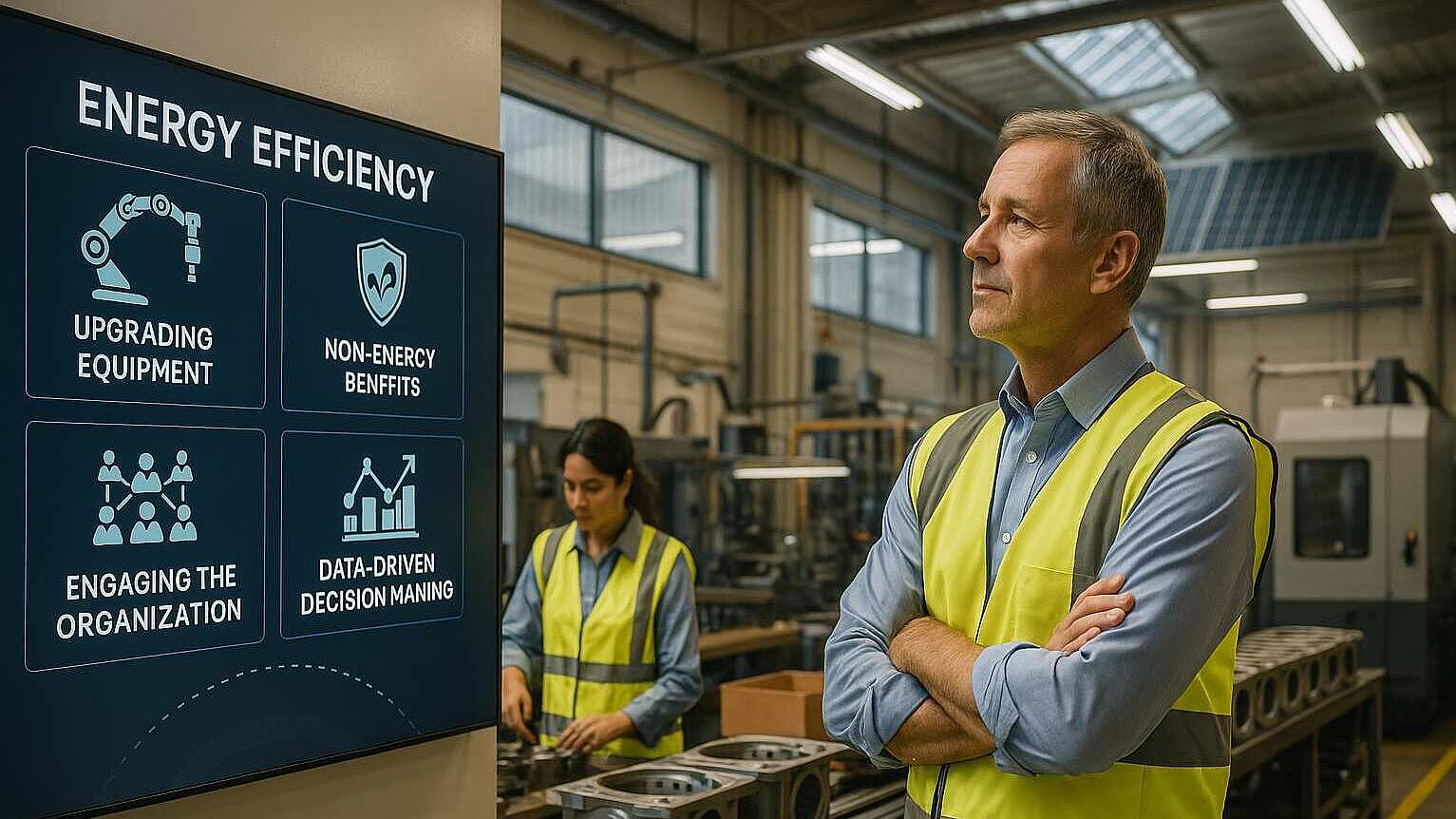 Search Result
Search ResultIndustrial Symbiosis: A Pathway to Sustainable Industry through CORALIS
The following article is a summary of the report “Inventory of best practices from the CORALIS demonstrators” delivered by the EU project CORALIS. And it is also a training article for the Enerwhizz ,…
Read Full articleElectrifying Industry: The Path to Decarbonizing Process Heat
As the world races to decarbonize, industrial process heating emerges as a critical frontier. A study by Agora Industry reveals that direct electrification technologies could potentially meet 90% of…
Read Full articleUnlocking the Potential of Industrial Symbiosis: Strategies for Sustainable Project Development
The following article is a summary of the report “Guidelines for IS project development for improved engagement of funding schemes” delivered by the EU project CORALIS. And it is also a training…
Read Full articleBeyond Energy Savings: How European SMEs Are Leading the Way with the Multiple Benefits Approach
What if every step your company took toward energy efficiency unlocked not just lower utility bills, but also happier employees, more innovative products, and stronger business resilience? Across…
Read Full articleClimate protection in the company secures the future
In companies today, it is important to take their own measures for climate protection. After all, they are not only under pressure to achieve the political goals they have set. Climate change…
Read Full articleHow data can increase the re-use of waste energy
A novel platform, to be developed within the project EMB3Rs, will allow everyone in an energy community to explore ways of reusing excess thermal energy on site. Data from a living lab’s cutting-edge…
Read Full articleEnergy Culture – Improving industrial energy efficiency through behavioral change
Despite the efforts made over the last 20 years, research suggests that there remains an important potential to reduce energy consumption in energy intensive industry by 15-25%. The same research…
Read Full articleIndustry – New Standards for easier Investments in Energy Efficiency
Check Recording Introduction Webinar : new protocols for industrial energy efficiency projects Sound familiar? When was the last time you walked on a factory floor or read an audit report or talked to…
Read Full articleThe Intersection of Energy and AI: Insights from the IEA Global Conference
The International Energy Agency (IEA) hosted its inaugural Global Conference on Energy and AI at its Paris headquarters, bringing together leaders from technology companies, the energy sector, and…
Read Full articleThe smart city puzzle: cities, platforms and service provider
Many articles about smart cities start with a definition of what a smart city is or should be. But if this would be so easy, then there would already be common definition and no need to define it…
Read Full article





